1. The toilet seats are hot!
I’d never come across a Toto Washlet before and have to admit it was a bit strange at first - but really, what's not to love about a warm tush on a cool autumn morning? There was also a button you could push which played the sound of running water (actually it sounded like a toilet flushing) disguising any immodest noises. And not only are the seats hot but there's a wash and blow-dry function too - with different settings for men and women of course. Even a magic wand clean....
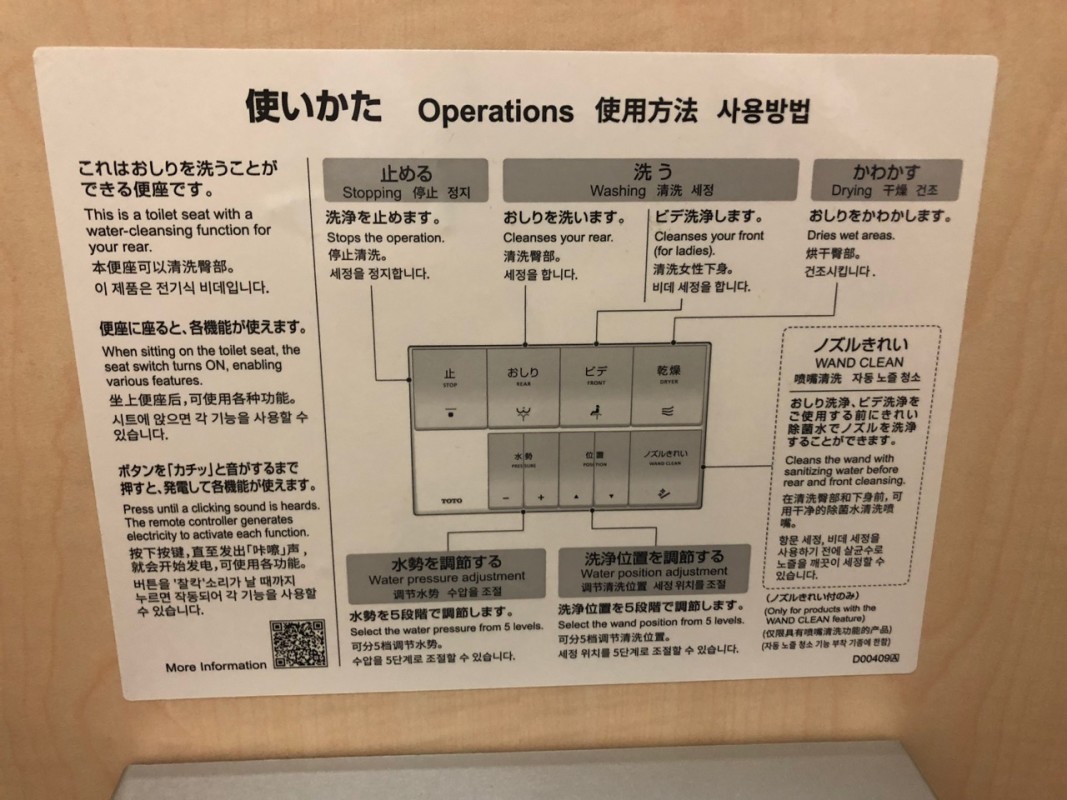
2. The amazing JR Pass
Best purchase ever, this is like a pre-paid travel card that never runs out. It gets you onto almost any train and is worth its face value many times over if you’re travelling beyond Tokyo. Buy online before you get to Japan and it’s cheaper. Our two-week passes cost around $900NZ each and they're like a little passport; we carried them everywhere. And you’ll love the sleek and sexy shinkansen. These bullet trains travel at 300km an hour but they’re so quiet and so smooth it doesn’t feel like you’re moving any faster than normal. It wasn’t until a couple of them flew past a station platform we were standing on that you comprehended their phenomenal speed: twenty carriages gone in literally two seconds. Incredible! And convenient because you can take all your luggage onboard and don't need to check in early or go through security.
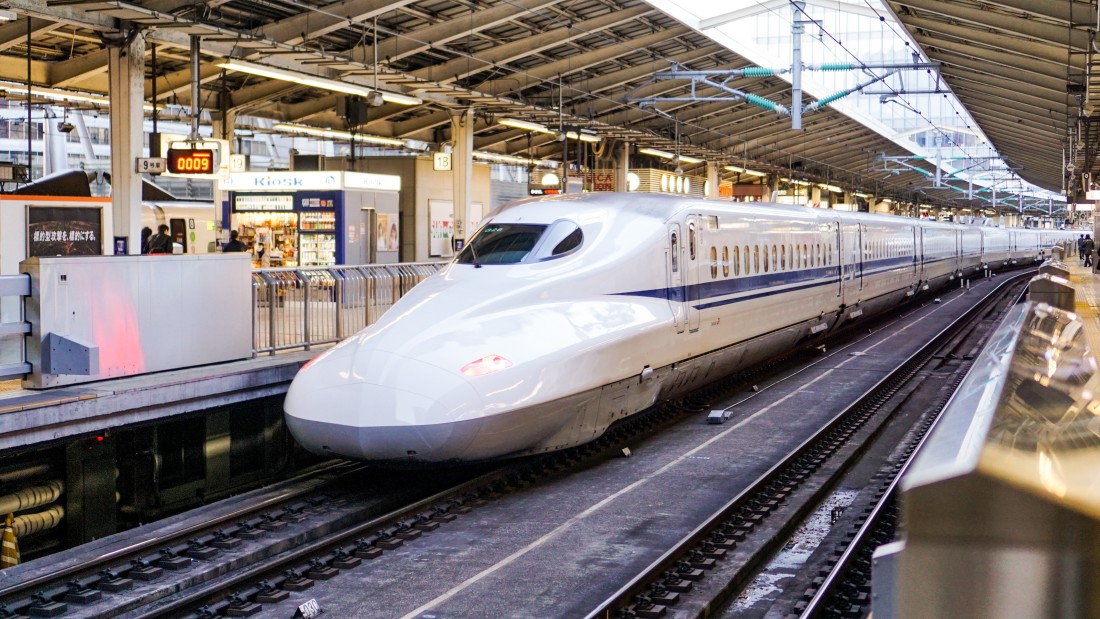
3. Kyoto.
It’s charming and romantic. There’s a river lined with willow trees and restaurants; there’s umbrellas and lanterns and bicycles and temples; Nishiki Market with 126 stalls selling roasted chestnuts, crab sticks, fresh fish, octopus, bean paste, pickled vegetables, dried strawberries and a hundred other things. There’s knife shops and art galleries and teahouses and Irish pubs and whisky bars and geishas and kimonos. There's something for everyone in Kyoto!
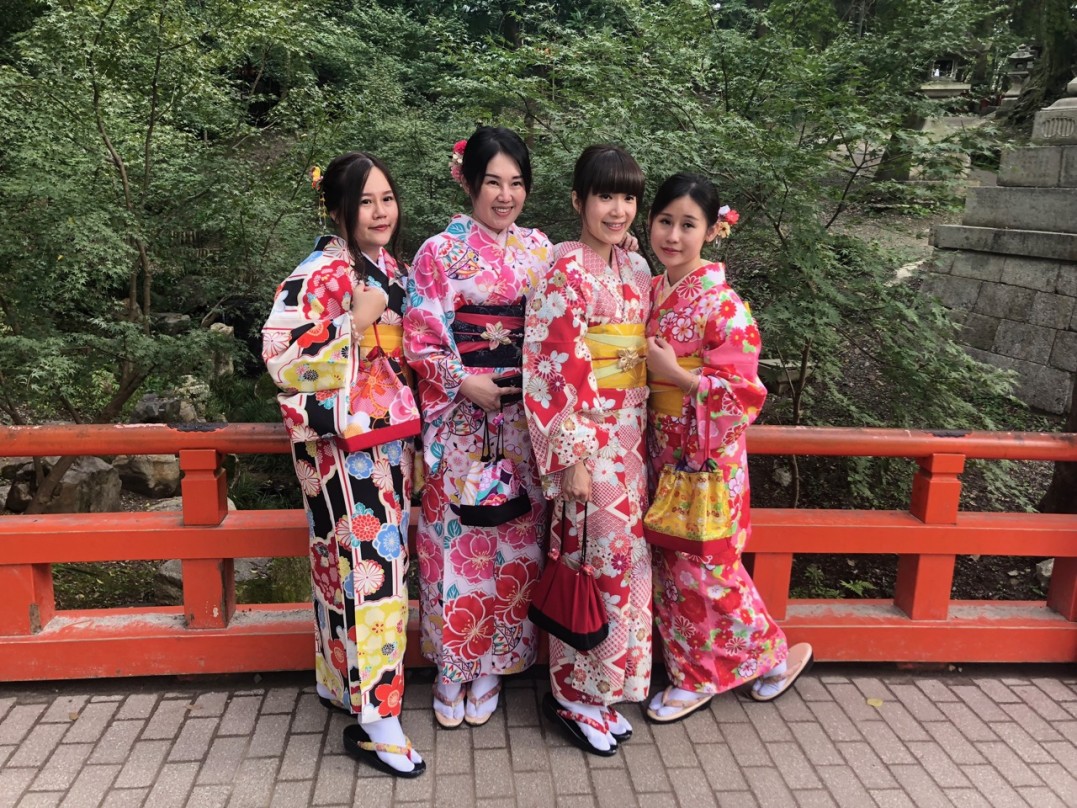
4. They have teeny-tiny bars.
Tucked inside Shinjuku is an area called Golden Gai and it's a fabulous glimpse into old Japan. Several blocks of very, very small bars, some with only seven seats and if they're full you can’t enter until someone else leaves. Full of character, each bar has its own unique style. It’s a great way to meet people because you’re all tucked up together. Tokyo also has a thriving jazz scene and we were lucky enough to see an amazing jam session at a smoky little basement club called Intro - lots of personality and classy musicians.
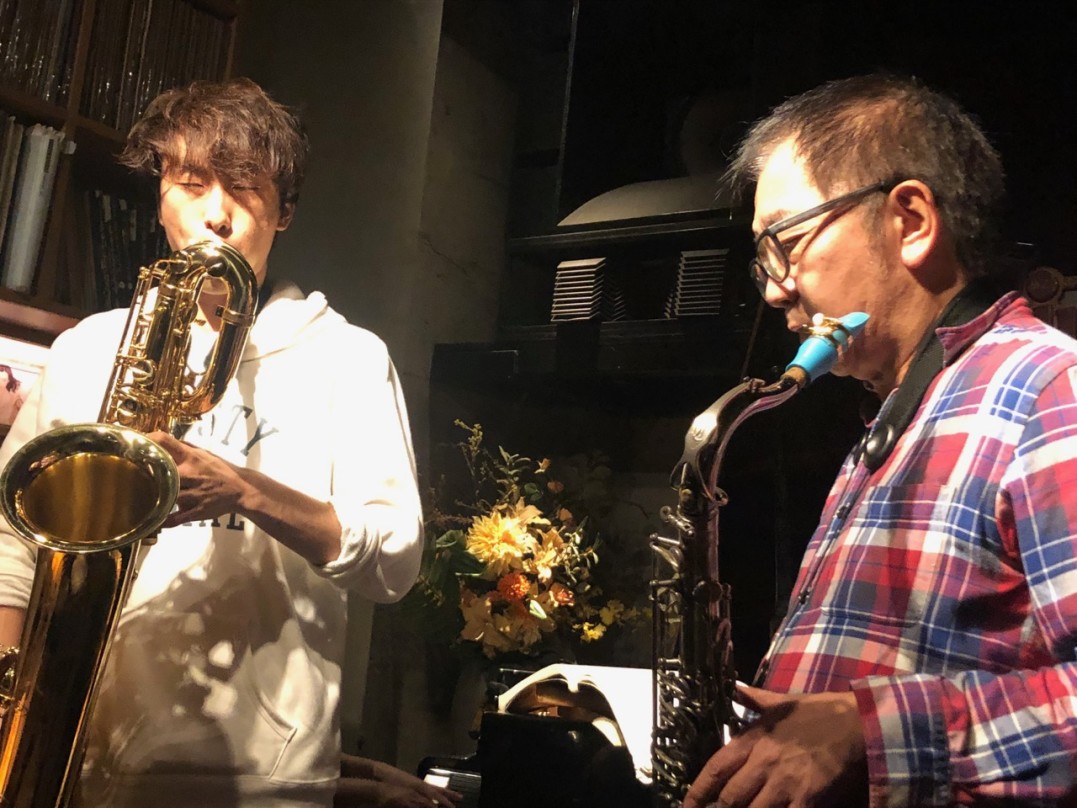
5. The Kumano Kodo
If you like hiking, this pilgrimage walk on the Kii Peninsula is really worth setting aside some time for. There are six different routes (we did the Nakahechi starting in Takajiri) but each will take you up into the mountains among giant pines and mossy rocks. You can do a day walk or a multi-day trip and stay at traditional Japanese Ryokan along the way, often with natural hot pools (onsen.) You get to wear cotton kimonos with padded jackets before and after your onsen, even eating dinner in them. It’s not a wild walk - shrines dot the pathway, which sometimes becomes a road before reappearing further along. However, it’s still a beautiful way to experience Japanese countryside and traditional onsen as well as some impressive shrines. We stayed at the Organic Hotel in Takahara and would thoroughly recommend but book early as it's popular.
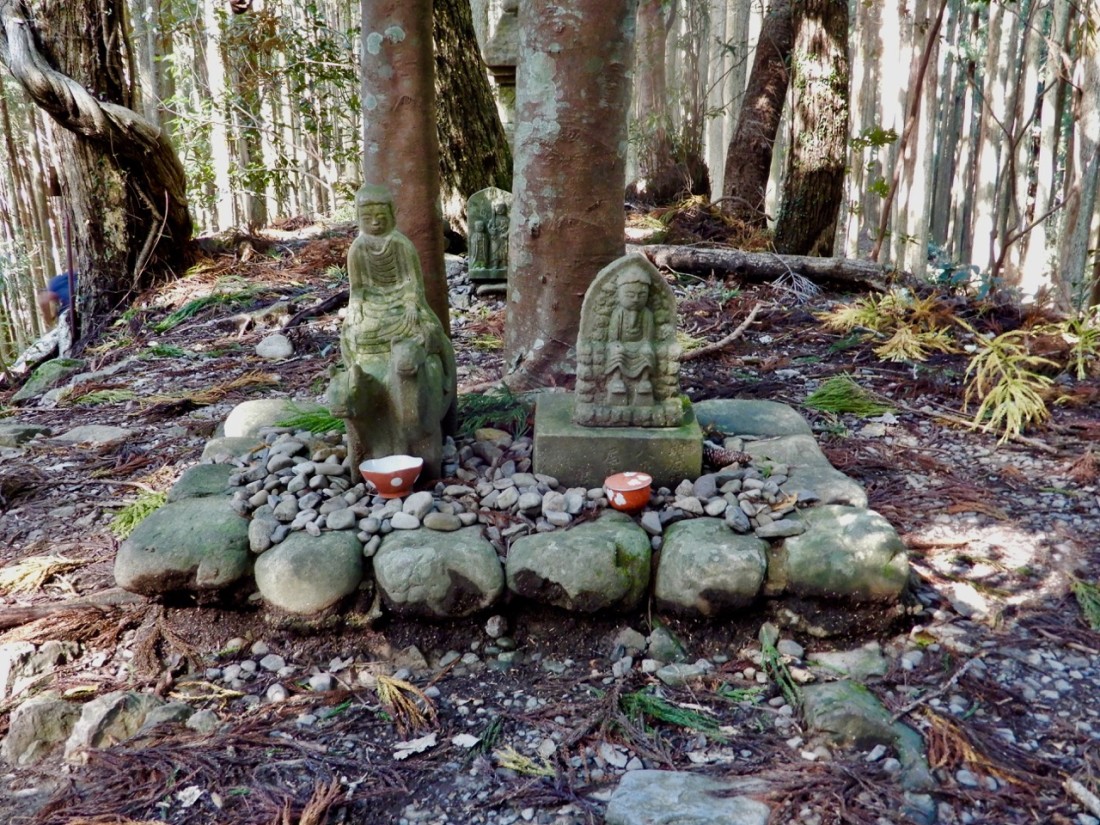
Shrine on Kumano Kodo
6. Super-helpful people
Japanese people are incredibly polite and kind. Multiple times when lost at train stations we asked a passerby for help and they literally walked us nearly a kilometre to get to the right platform. Having a few Japanese words to break the ice is useful because English isn’t widely spoken. Our faves were ‘sumimasen’ meaning ‘excuse me, sorry’ which seemed to make everybody jump to attention and ‘oishi’ which is ‘delicious’. And of course ‘arigato’ for ‘thank you’ and konnichiwa ‘hello!’

Hospitality plus at a Rugby World Cup game
6. Food tours
Acquaint your tastebuds with local specialties, meet other travelers and get recommendations for great places to eat! We did a day tour in Tokyo and a night tour in Kyoto with a small start-up called Ninja Food Tours which was our favourite. We started with eel and sake at beautiful Nishiki Market and finished three hours and many courses later later devouring tempura ice-cream and knocking back plum wine mixed with soda water. The next night we followed our guide’s recommendation and ate at a cozy restaurant near Nishiki Market called Shunsai Imari which served fresh, traditional Kyoto-style cuisine.
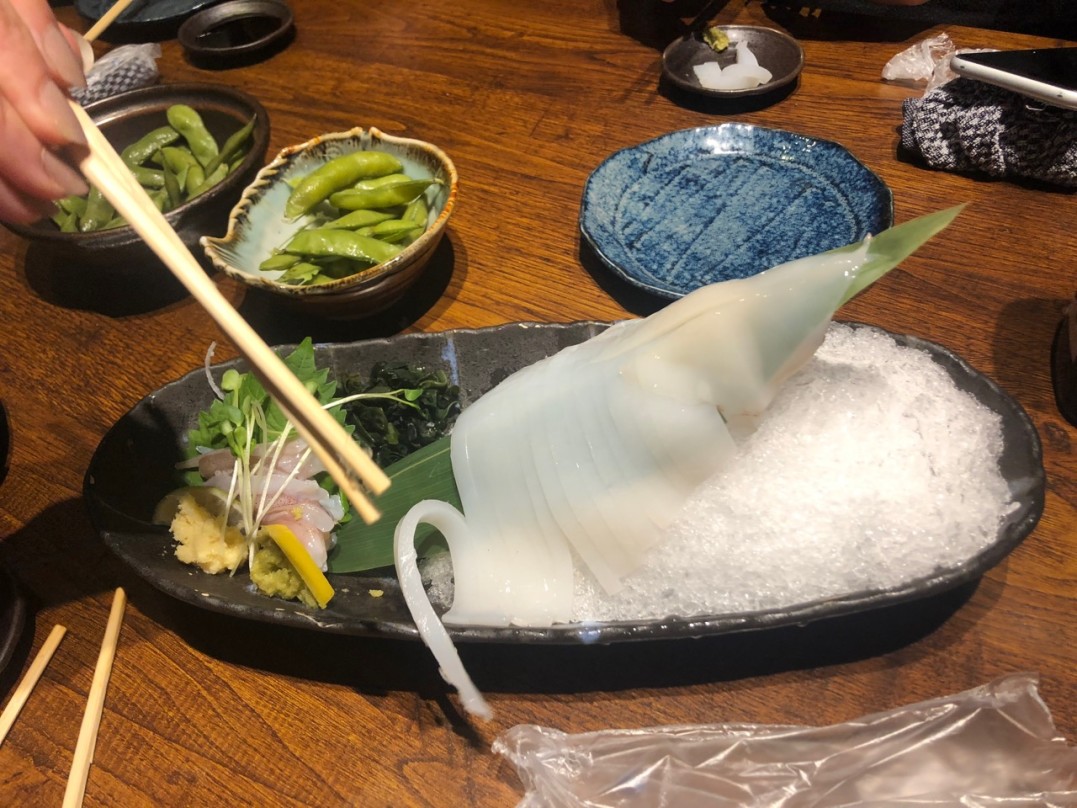
8. Bakeries.
Never in a million years would I have associated Japan with light and buttery pastry delights. They make mouth-watering French-style pastries: custard apple tarts; little sausages encased in flaky pastry with a lick of curried onion; caramelised banana on cacao sponge; currants and cream cheese encased in sweet short pastry. Even vanilla cream-filled twinkie-style cakes. There was nothing better than ducking into a bakery for breakfast on the run. And it made a change from Japanese breakfasts of rice, pickled vegetables and fish.
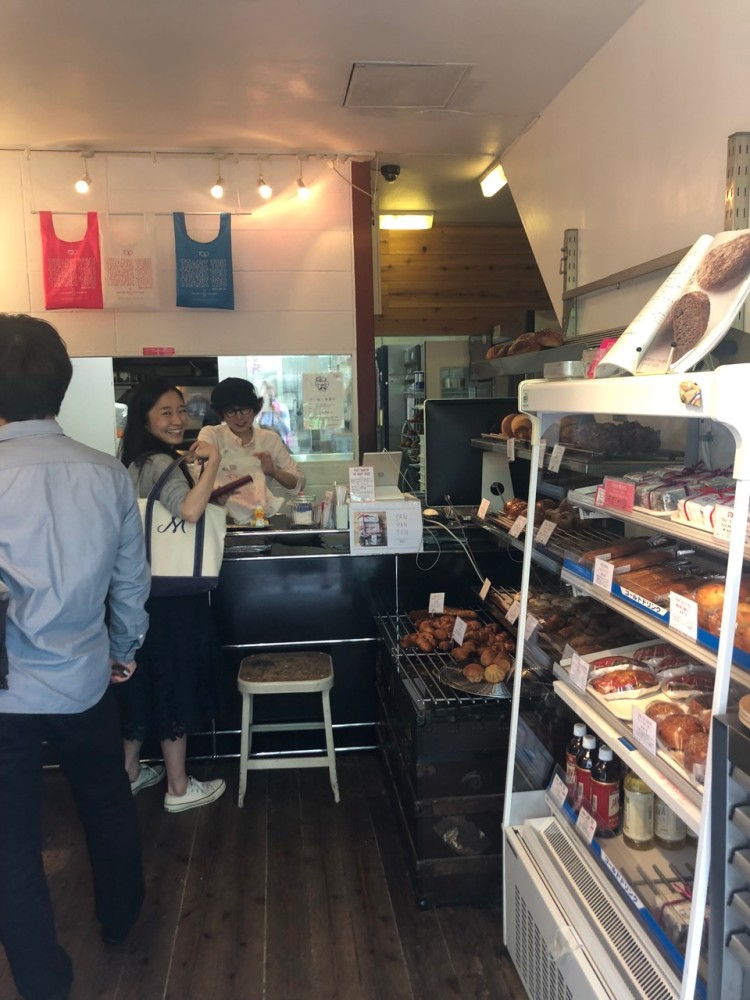
Tolo Pan Tokyo, Higashiyama
9. Nara
We only had one night here but it was long enough to walk through the tame deer in Nara Park at dusk to see Todaiji Temple, until recently the largest wooden building in the world. Inside there’s an enormous bronze statue of the Bhudda. It was easily the most impressive of all the temples we saw on our trip and sent chills down my spine. IT’S HUGE! Nara was Japan’s first capital city from 710-784 and a centre of buddhist power so it has amazing collections of buddhist art unlike anywhere else in the country. In hindsight I’d have booked a two or three day stay.
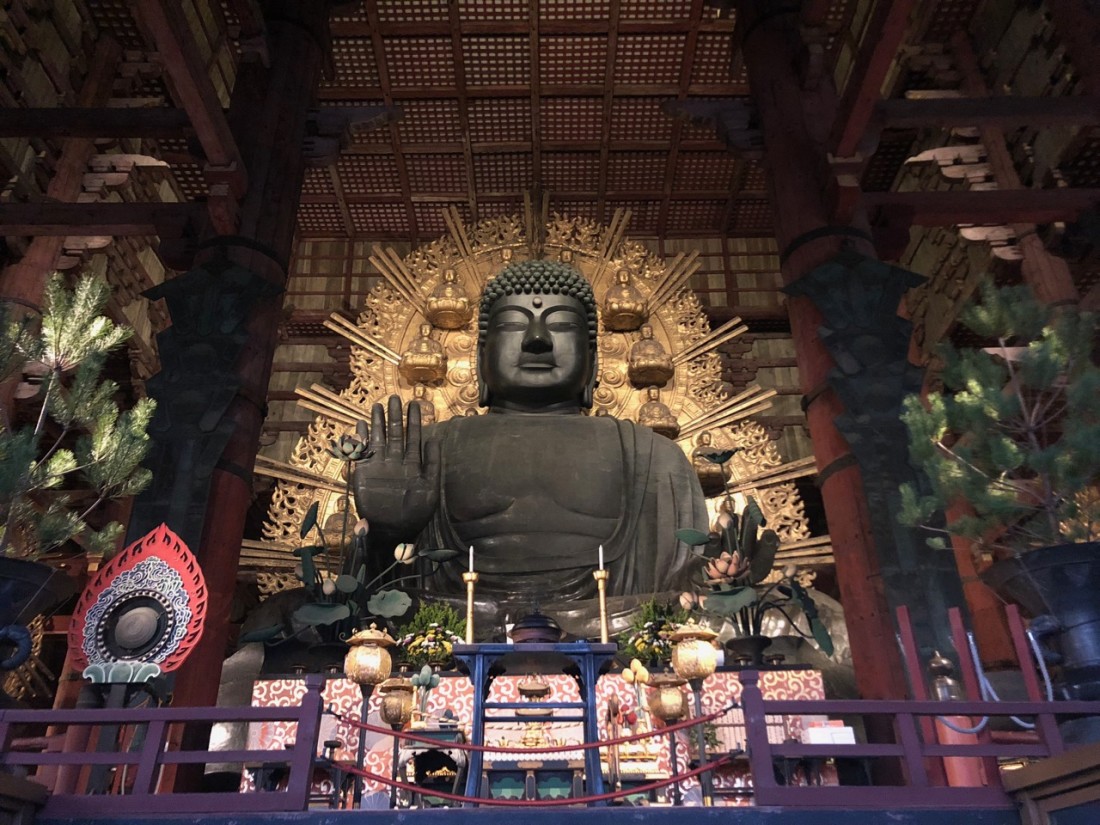
The Great Buddha of Todaiji Temple
We were in Japan for just over two weeks, October 18 - November 3. Two night stay in Tokyo at COTO Shibuya, a two bedroom apartment good for two families and in a quiet neighbourhood. Train to Kyoto, four nights staying in a very sweet little studio apartment in Takashimaya near the Gion district. Great location, walk or bike everywhere from there. Train back to Tokyo, four nights in Hoshinoya Hotel in Otemachi, business district close to Tokyo Station. Expensive but very beautiful Japanese style and if you book early enough you can get some good deals. Two nights doing the Kumano Kodo, stayed at the Organic Hotel (kiri-no-sato) in Takahara which was lovely and the Resort Kumano Club in Shingu which was less so. One night at the Nara Hotel which is 110 years old and has an incredible list of guests who have stayed over the years. Final two nights back in Tokyo we stayed in Shinjuku at the Granbell Hotel. It's close to the red light district so the area's a bit seedy and Shinjuku Station is the busiest in the world so it was next level for working out how to get from the station to the hotel but close to nightclubs and shopping.